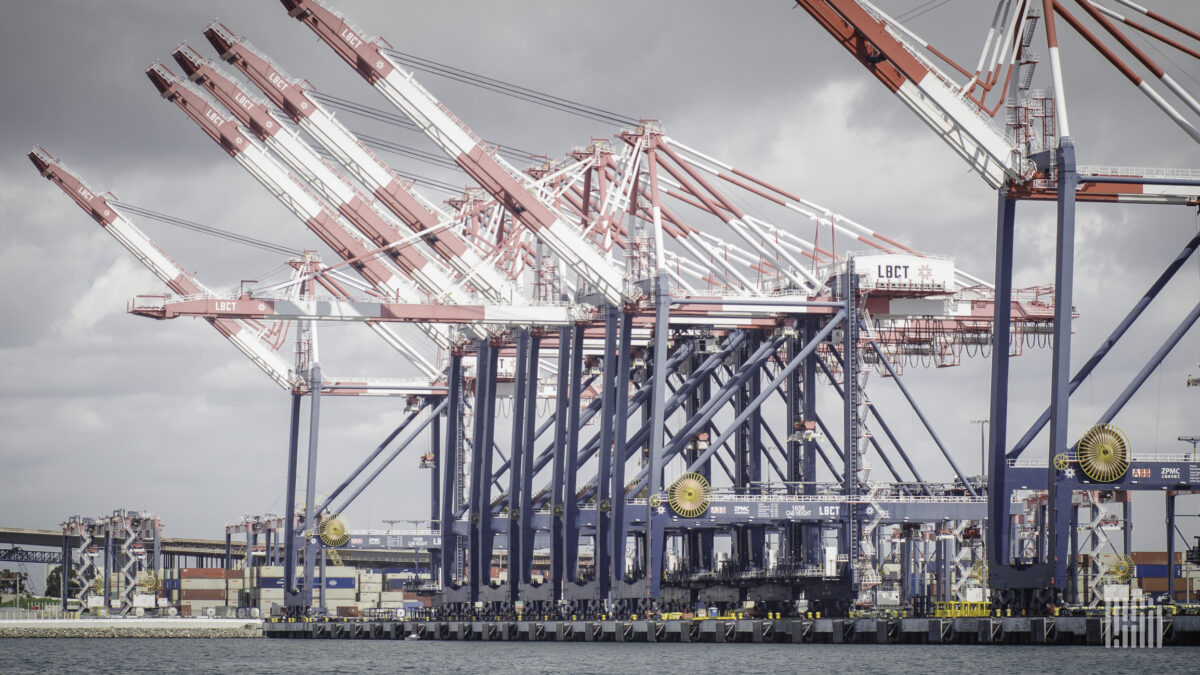[ad_1]
Warehouse performance continues to evolve into a more complex, multi-faceted measure. Performance today embodies not only the traditional measures of accuracy and cost-efficiency, but also responsiveness and agility. The importance of these capabilities has increased due to some interesting competitive pressures in the market. And the stimuli continue to change, gradually shifting the relative importance of these capabilities.
Warehouse operations historically strived to deliver the perfect order – the right product, at the right price, at the right time. But these same operations have historically been viewed as a cost-center to C-level executives. Then, warehouse performance became more closely linked with the overall customer experience due to the rise in direct-to-consumer shipping. These purchases were no longer influenced by factors such as retail center convenience, shelf height, or retail staff. Instead, online shopping experience, product packaging, and delivery times were the primary determinants of the customer experience. Amazon and others subsequently elevated their fulfillment responsiveness to a level that helped them achieve a competitive advantage in the market, greatly gaining market share, and at the same time creating today’s customer expectations for rapid product delivery. E-Commerce and direct-to-consumer shipping exerted several competitive pressures on warehouses. First, rapid delivery required responsive warehouse operations. But obtaining these capabilities could have a positive impact on revenue. Second, additional requirements made warehouse operations more costly. This dynamic increased the importance of being able to balance competing performance objectives. Then the COVID-19 pandemic caused global supply chain disruptions and all bets were off.
The Relative Importance of Today’s Warehouse Performance Objectives
Clearly, there are numerous responsibilities and activities required to effectively run a warehouse. However, the relative importance of performance objectives is less clear. More elusive is the change in the relative importance of these objectives. ARC developed a survey in Q1 of this year and solicited responses from practitioners to obtain additional insight from the market. We asked about the relative importance of fulfillment accuracy, throughput, adaptability, and responsiveness. We also included a time-phase element by asking about the importance 3 years ago and as of today. Additionally, we obtained comments about “why” a given objective increased the most over the last three years.
Fulfillment operations differ according to many criteria such as load size, product range, service expectations, etc. But the results of the survey do identify some trends. The increased importance of fulfillment adaptability is the most notable change when comparing the relative importance of 3 years ago to that of today. That is understandable given the widespread supply chain disruptions that occurred due to COVID-19, the war in Ukraine, and global trade tensions. However, I believe that adaptability will continue to increase in importance due to incremental changes driven by technology advancements and the rapid spread in that technology (technology diffusion).
There were a range of reasons given as to “why” a given performance objective increased in importance. But there were two common threads. The reasons boiled down to two main themes:
- Increased costs that would erode profit margins or
- Performance degradation that would lead to lost revenues.
The comments that point to lost revenues further support my opinion that warehouse operations have become more important in the customer experience and as a result have a direct effect on sales. Examples include the following:
- Increased importance of fulfillment accuracy: In a time of supply shortages, it is likely that an incorrect shipment will then result in a lost sale.
- Increased importance of fulfillment responsiveness: Customer satisfaction and the Amazon effect make delivery times a determinant of buying.
- Increased importance of fulfillment adaptability: Fulfillment complexity has increased with increased SKU counts and multiple fulfillment channels. This requires greater adaptability on a day-to-day basis.
Final Word
The data suggest that the dimensions and the degree of complexity within fulfillment operations have increased. Uncertainly is also elevated due to the recent widespread disruptions caused by the COVID-19 pandemic, the war in Ukraine, and global trade relations. Executives appear to be looking at the environment with three eyes – one on the problems of the recent past, one on the opportunities of today, and one on the potential hurdles in the future.
[ad_2]
Source link













